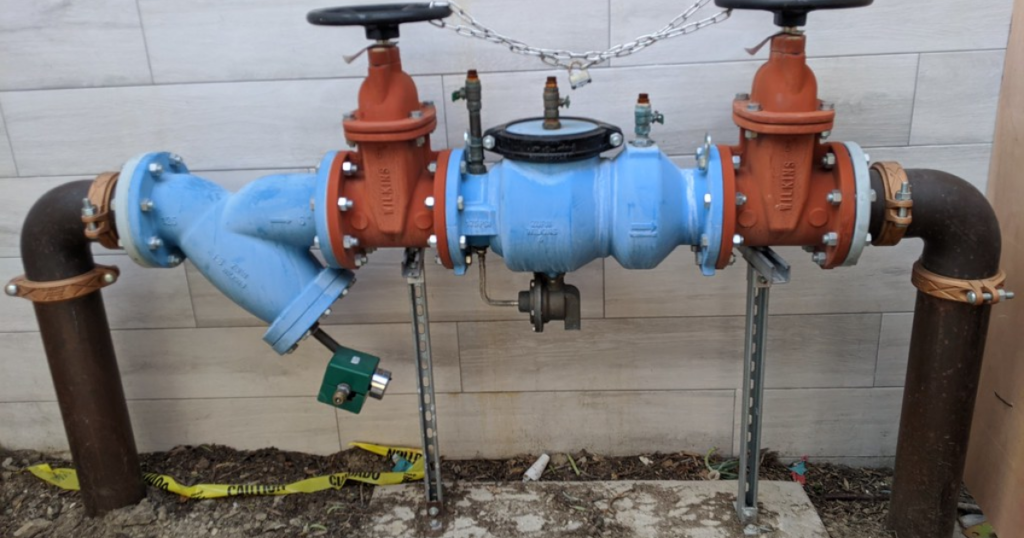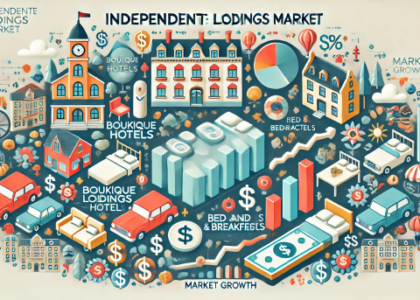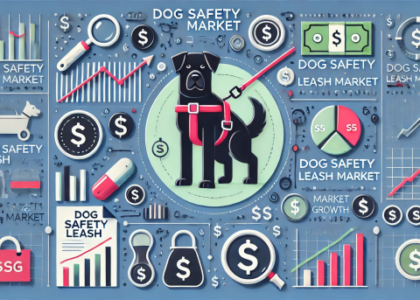Imagine a world where our water supply remains pure and contamination-free. This critical safeguard is provided by the Backflow Preventers Market, a sector dedicated to manufacturing specialized devices that prevent contaminated water from flowing back into clean water sources. Backflow preventers act as one-way valves, ensuring that water flows only in the intended direction within plumbing systems. This market is experiencing significant growth driven by increasing concerns about water safety, aging infrastructure, and stricter regulations. Let’s delve into the diverse applications of backflow preventers and explore the exciting trends shaping this essential market.
Applications of Backflow Preventers
Backflow preventers play a vital role in safeguarding water quality across various settings:
- Residential Applications: Homes equipped with irrigation systems, lawn sprinklers, or chemical feed lines require backflow preventers to prevent contaminated water from siphoning back into the clean water supply.
- Commercial Buildings: Hospitals, restaurants, and buildings with industrial processes often utilize hazardous substances. Backflow preventers ensure these contaminants don’t enter the clean water supply.
- Municipal Water Systems: Backflow preventers are installed at critical points within municipal water distribution networks to prevent contamination from entering the main water supply.
Get Exclusive Sample Copy of the Report: https://www.futuremarketinsights.com/reports/sample/rep-gb-7412
A Market Flowing with Opportunity: Growth Drivers in Backflow Prevention
The Backflow Preventer Market is experiencing a surge in popularity driven by several key trends:
- Heightened Focus on Water Safety: Growing public awareness of waterborne illnesses and concerns about contaminants in water supplies are driving the demand for backflow prevention solutions.
- Aging Water Infrastructure: Leaking pipes and deteriorating infrastructure in many regions increase the risk of backflow contamination, necessitating the implementation of backflow prevention measures.
- Stricter Regulations and Codes: Many municipalities are enacting stricter plumbing codes that mandate the use of backflow preventers in various applications.
- Increased Investments in Water Infrastructure: Government and private investments in upgrading water infrastructure often include the installation of backflow prevention devices.
- Growing Awareness Among Property Owners: Homeowners and businesses are becoming increasingly aware of the importance of backflow prevention and the potential risks associated with backflow contamination.
The global backflow preventers market is poised to reach a valuation of USD 8.7 billion by the end of 2022. This growth trajectory is attributed to the ongoing efforts of companies in introducing technologically advanced backflow preventers, featuring innovative materials such as stainless steel, ductile iron, and high-performance plastics. Over the forecast period from 2023 to 2033, the market is projected to witness a steady expansion, with an estimated value of USD 13.8 billion by 2033, reflecting a compounded annual growth rate (CAGR) of 4.5%. In the immediate future, the market is anticipated to achieve a milestone of USD 8.9 billion in 2023, signaling a promising start to the forecast period.

Challenges to Consider: Keeping the Flow Unimpeded
Despite the promising outlook, the Backflow Preventer Market faces some hurdles:
- Importance of Proper Installation and Maintenance: Backflow preventers require proper installation and regular testing to ensure their effectiveness. A skilled workforce is necessary to meet these requirements.
- Initial Investment Costs: The installation of backflow prevention devices can involve upfront costs, which may be a barrier for some property owners.
- Public Education and Awareness: Raising public awareness about the importance of backflow prevention and the potential consequences of contamination remains crucial.
Get Full Report Now: https://www.futuremarketinsights.com/checkout/7412




